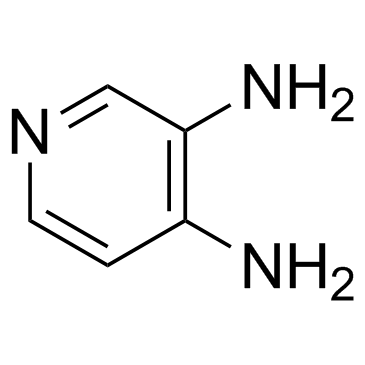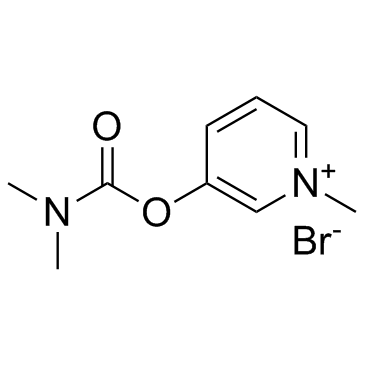| Structure | Name/CAS No. | Articles |
|---|---|---|
 |
3,4-Diaminopyridine
CAS:54-96-6 |
|
 |
4-AMINOPYRIDINE
CAS:504-24-5 |
|
 |
pyridostigmine bromide
CAS:101-26-8 |